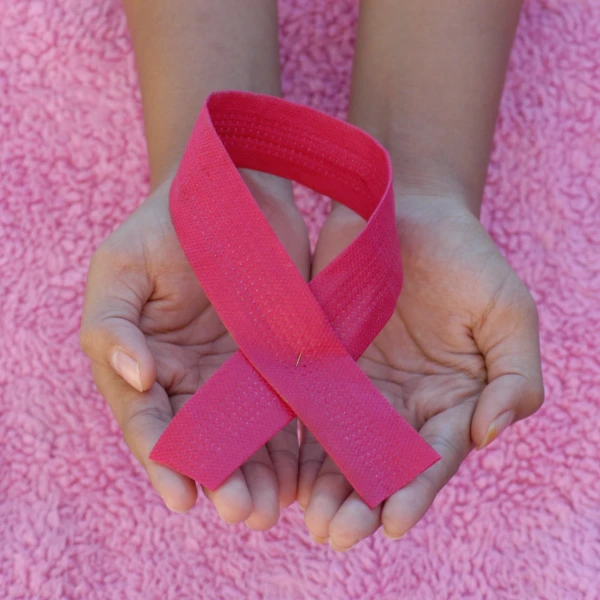Research has long shown that yoga has the ability to control a variety of physical functions, including blood pressure, heart rate, breathing, metabolism, and body temperature. As a result, yoga has been proven to improve physical fitness, stress levels and overall well-being.
For women with breast cancer, research has proven those who practice yoga may also have less stress and fatigue, and a better quality of life. One of the biggest concerns breast cancer survivors experience following the completion of their treatment is lack of energy and fatigue. A study conducted by The University of Texas MD Anderson Cancer Center, involving a group of 163 breast cancer survivors undergoing radiation therapy, showed that those who used yoga on a regular basis had a decrease in blood pressure and heart rate, as well as improved energy levels and mood.
Other benefits that were noted from those who participated in yoga include an increase in muscle strength and flexibility, and improved balance. In a second study, researchers from The Ohio State University found benefits to practicing yoga for survivors. A group of 200 breast cancer survivors who had finished treatment within the last 3 years was randomly assigned to either 12 weeks of yoga classes twice a week, or to a waiting list for classes. Three months after completing the classes, fatigue averaged 57% lower in the yoga group compared to the non-yoga group, and inflammation in the body (measured by blood testing) was reduced by up to 20%.
According to the National Institutes of Health, there is also some evidence to suggest yoga may be helpful when used with conventional medical treatment to help relieve some of the symptoms linked to cancer, asthma, diabetes, drug addiction, high blood pressure, heart disease, and migraine headaches.
5 Yoga Moves That Breast Cancer Survivors Should Consider
1. Savasana
Each yoga exercise begins and ends with Savasana, a resting position and a great way to release stress and muscle tension. Stack a pillow and rolled-up blanket at one end of a yoga mat and lie flat with your back resting on the blanket and pillow. Bring your knees together with your feet flat on the mat and open your legs on each side of the mat, keeping your knees bent and your hands at your sides, palms facing up.
2. Bridge
This classic yoga pose helps strengthen the spine and improves spinal flexibility. It also promotes good circulation and relaxation by gently stretching the muscle tissue around the breasts. To get into bridge pose, lie flat on your back on a yoga mat. Bend your knees and have them hip-width apart, bringing the soles of your feet parallel on the mat and close to your butt. Lift your hips up toward the ceiling and rest your hands near your pelvic area.
3. Warrior II
Place a chair on the center of a yoga mat for this modified version of Warrior II, which helps expand your range of motion while nurturing your lymphatic system. Start in a seated position at the edge of the chair with your head facing one side of the room. Move into a lunge position with your front foot to the side of the room you’re facing, then extend your other foot to the backside of the mat with your heel facing up. Flatten your back foot at the outer edge of your mat and lift your hips off the chair. Open your hips and lift your arms to the sides with your palms pressing down on imaginary wooden pegs.
4. Crescent Lunge
The Crescent Lunge stretches and strengthens the lower and upper body, including the legs, groin, and hip flexors. It’s also great for managing physical pain pre- and post-surgery. Campbell modifies this pose by using two blocks, two pillows, and a blanket as support. Place two pillows at the center of a yoga mat. Stand on your knees and place one leg over the pillows. Open your hips and lay your back leg on the mat. Then, hold one yoga block on each hand and straighten your back. If you feel comfortable, you can move the blocks towards your back foot for a lower-back stretch. Take a few slow and steady breaths. Do the same in the front and move the blocks over the pillows, then take a few more breaths.
5. Hero
This meditative pose helps improve your posture and stretches your thighs and ankles to promote good circulation and reduce swelling. Start in a kneeling position at the center of a yoga mat and keep two yoga blocks stacked up close behind you between your feet. Push your knees together as you separate your feet and bring your butt down to where the yoga blocks are stacked between your feet. If your knees hurt in this pose, roll up a towel and place it underneath them. Close your eyes and take a few deep breaths with this pose.





